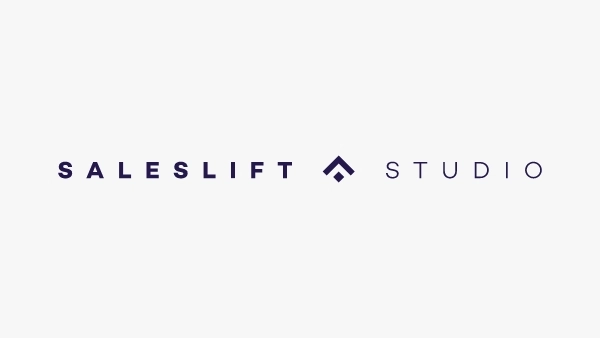I like to say that Sales Development is Inbound Marketing, but upside down. This change in perspective requires a specific approach where Outbound Sales strategies are developed to offer prospects engaging and valuable content. In this article, we will establish ground rules that prioritize humanization and relevance, enabling you to deeply connect with prospects and streamline your processes. By incorporating these ground rules into your outbound sales strategy, you’ll create authentic connections, tailor your outreach to your prospects’ pain points and industry goals, and ultimately foster predictable growth for your business.
Table of content
- Humanization at Scale
- Personal and Relevant
- 9+ Contact Moments
- Sales Development is Inbound Marketing, but Upside Down
- Conclusion

Humanization at Scale
In the era of automation, it’s crucial not to rely solely on impersonal processes. Instead, focus on understanding your prospects’ needs, personalize your communication, show empathy, leverage data, and utilize intelligent sales tools. Balancing automation and personalization will lead to successful outbound sales. This approach builds trust, enhances customer experience, and increases conversions.
Personal and Relevant
To make an impact, build an intimate narrative that resonates with your prospects. Create personal templates and deliver relevant content tailored to their pain points and industry goals. Avoid sending generic templates and salesy narratives that ignore the prospect’s problems. Measure what works and what doesn’t, allowing you to scale your activities effectively.
9+ Contact Moments
Creating valuable content that benefits your prospects is crucial. Don’t solely focus on “call to action” tactics. Utilize different channels and add value in each contact moment. By implementing multi-touch and multi-channel campaigns, you increase your chances of successful outbound sales.

Sales Development is Inbound Marketing, but Upside Down
Recognize that sales development shares similarities with inbound marketing, albeit from a different perspective. In outbound sales, you produce content to reach the target audience, while in inbound marketing, the focus is on engaging the prospect. By creating content that is engaging and valuable for prospects, such as sharing insights, industry knowledge, and helpful resources tailored to their needs, you can build trust, establish stronger relationships, and encourage interaction.
Conclusion
Incorporating the ground rules of inbound marketing into your Outbound Sales strategy is essential for success in today’s competitive landscape. Prioritizing humanization and relevance enables you to connect deeply with prospects, tailor your approach, and drive predictable growth. Remember to humanize your interactions, personalize your communication, create valuable content, and embrace the similarities between sales development and inbound marketing. By doing so, you’ll build trust, establish strong relationships, and achieve long-term success in outbound sales.


